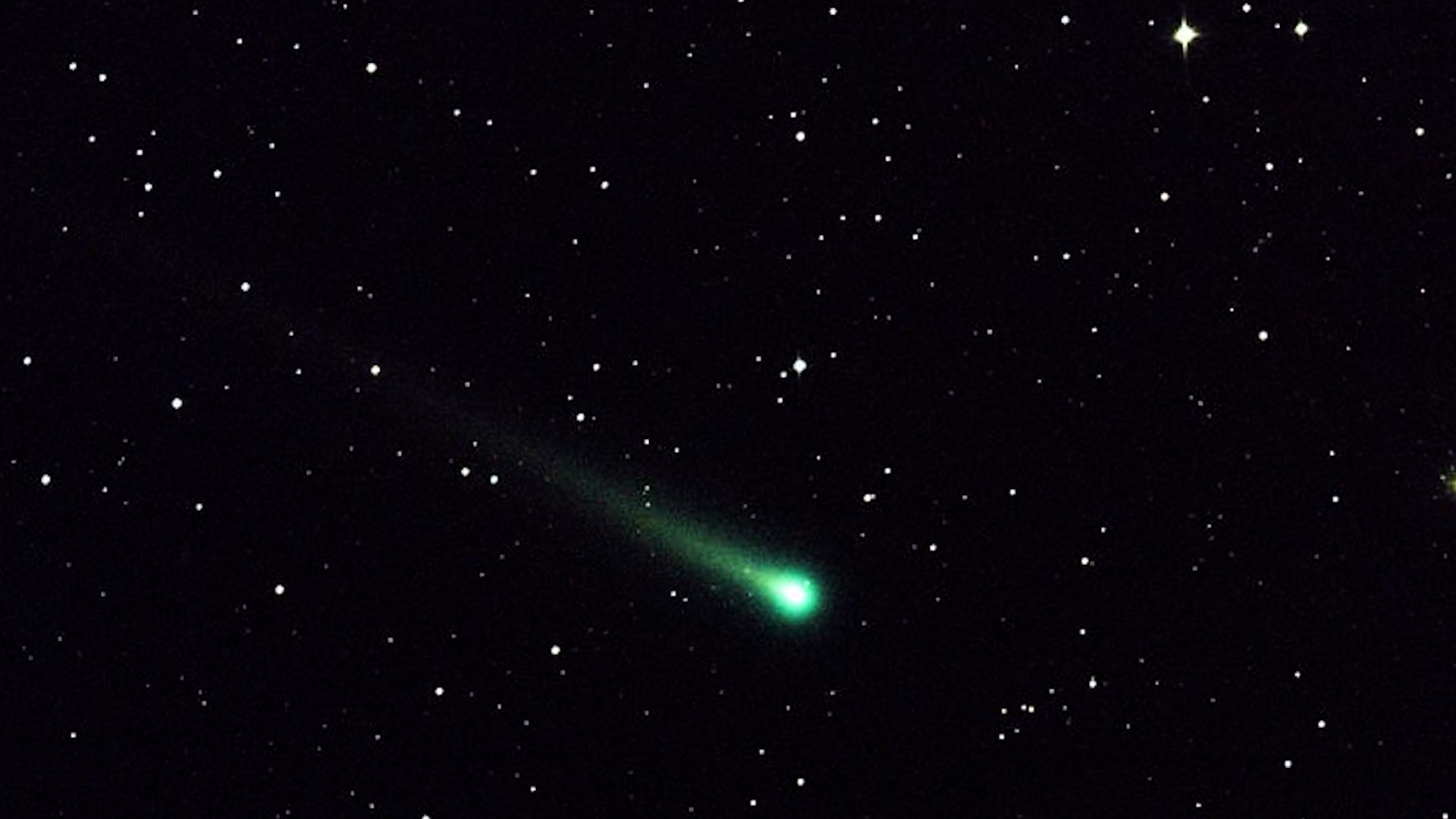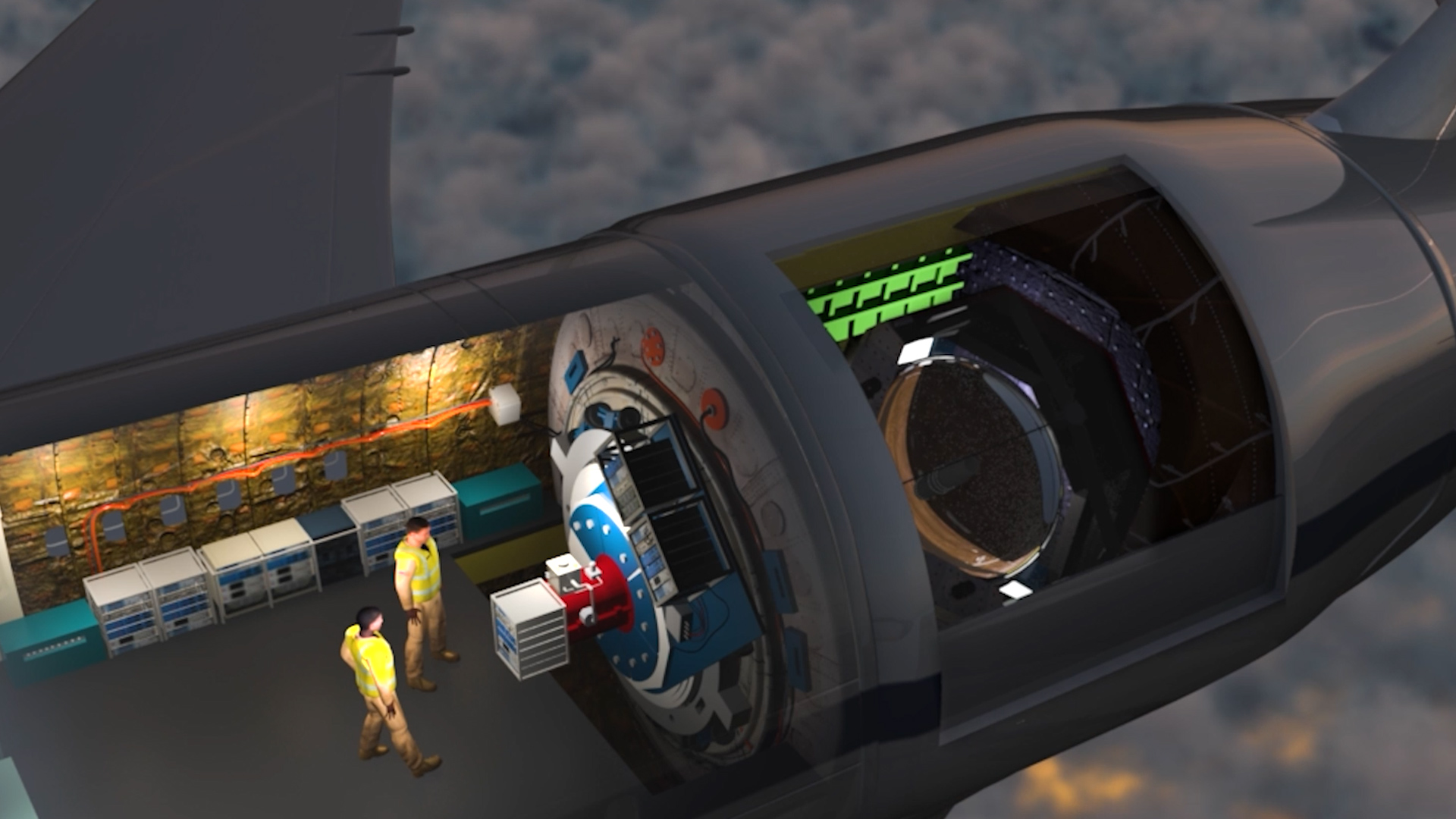08:59

Deep in the Oort Cloud - a ring at the end of our solar system that's filled with icy debris older than the formation of the Sun and planets - there is a comet that some think holds part of the secret of how life on Earth started.
The comet is called Catalina, and it has an orbit around the Sun that is so large that it might only pass by Earth once in its lifetime.
And some scientists, such as Charles Woodward from the University of Minnesota, are interested in studying Catalina because it's rich in carbon, a material that life is based on, but is scarce in our solar system.
READ MORE:
Why Antarctica's snow is turning red
G7 unveil their B3W plan
The backward running champion
"One of the things that we find is that… the terrestrial zone in our solar system is devoid of carbon," Woodward told CGTN Europe.
"And so, if the interstellar medium (matter and radiation between solar systems) has an abundance of carbon in the solid phase and that is incorporated into a disk out of which planet forms, where does the carbon go in the inner part of our solar system during that process of planet formation?
"And that's one of the puzzling questions that we're probing right now."

A rendering of the SOFIA telescope. /NASA
A rendering of the SOFIA telescope. /NASA
Because Catalina is rich in carbon, it is possible that comets like it could have been an important source in delivering this essential element to Earth.
The comet passed the Sun in 2016, but scientists are still analysing the data from that trip - which was not an easy thing to get.
They had to build a telescope called the Stratospheric Observatory for Infrared Astronomy, or SOFIA, to study it.
The telescope was created through a partnership between NASA and the German Space Agency. And what's interesting about it is that it sits inside of a Boeing 747SP aircraft.
That way, SOFIA got a better view of Catalina because it can fly above 99 percent of the world's infrared-blocking atmosphere.
"The telescope itself controls how the aircraft flies," Woodward added.
"And so, the telescope can lock on a target in the sky and keep it perfectly centered in the telescope.
"And the plane itself essentially flies around the telescope. It's sort of a combination of engineering and computer science and modern technology."
Researchers are now hoping to get a glimpse of other comets from the Oort Cloud, like Catalina, to see if they are also rich in carbon, supporting the idea that similar objects helped create life as we know it.

